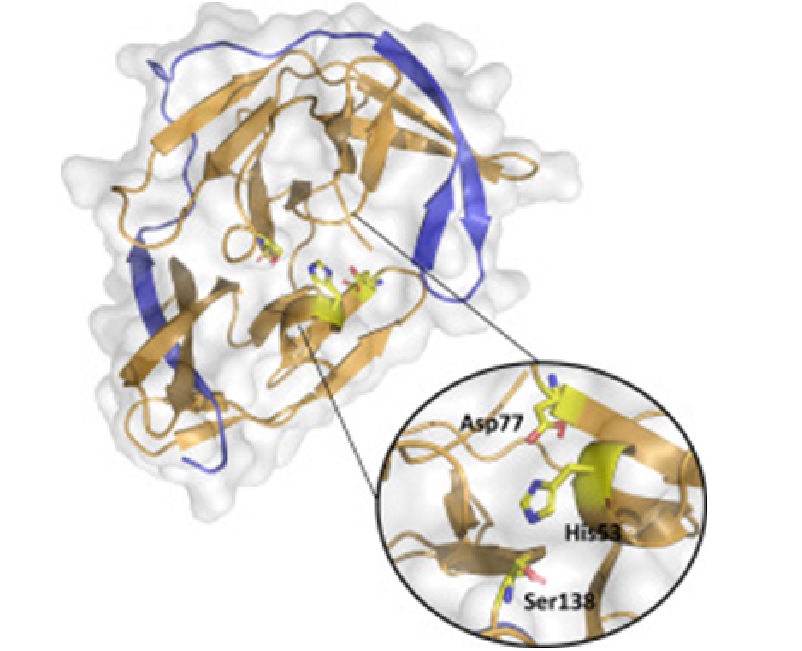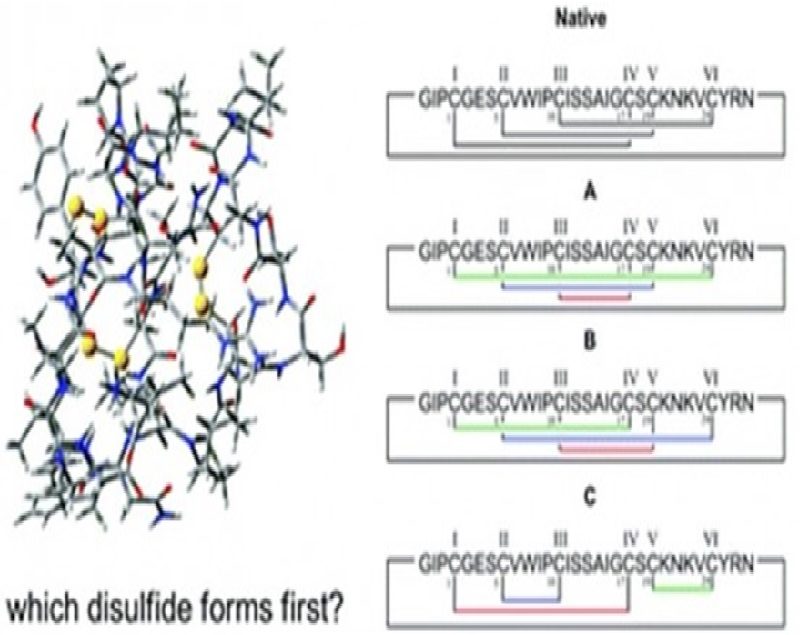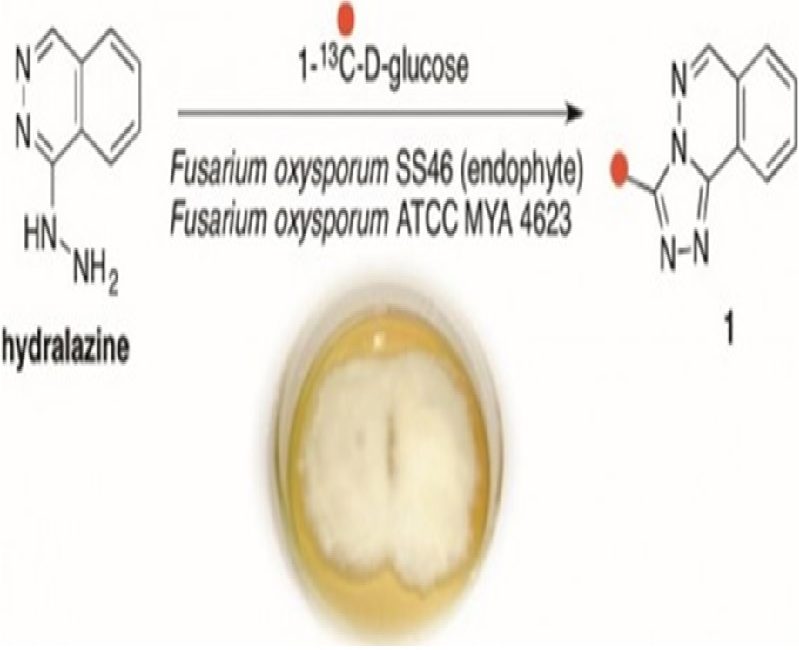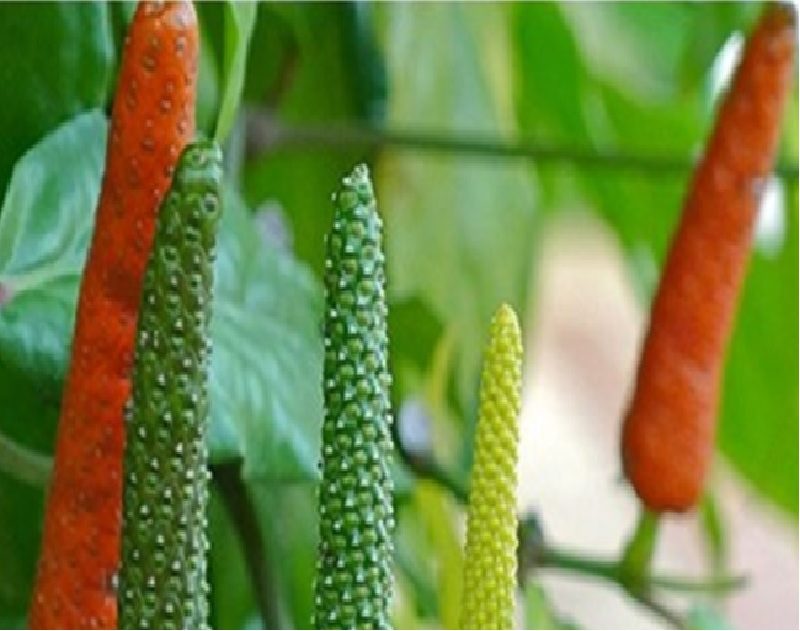
Authors:
Noske, Gabriela Dias [1] ; Gawriljuk, Victor Oliveira [1] ; Fernandes, Rafaela Sachetto [1] ; Furtado, Nathalia Dias [2] ; Bonaldo, Myrna Cristina [2] ; Oliva, Glaucius [1] ; Godoy, Andre Schutzer [1]
Abstract:
Background: The Yellow Fever virus (YFV) is transmitted by mosquitos and causes an infection with symptoms including fever, headaches and nausea. In 20-50% of the cases, the disease may evolve to a visceral stage, reaching high mortality rates. YFV NS2B-NS3 protease has been identified as an important drug target. Methods: Herein, we describe the crystal structure of the NS2B-NS3 protease from the 2017 YFV Brazilian circulating strain using X-ray crystallography. Furthermore, we used a combination of biochemical and biophysical assays to characterize the enzyme and investigate the impact of the polymorphisms observed in different YFV circulating strains. Results: Surprisingly, the crystal structure of YFV protease seems to adopt the closed conformation without the presence of a binding partner. Although D88E and K121R mutants exhibited a lower affinity for the substrate, both revealed to be more processive, resulting in a similar catalytic efficiency in relation to the WT protease. Still, both mutants showed an accentuated decrease in stability when compared with the WT. Conclusions: The crystal structure of YFV NS2B-NS3 in closed conformation might be an important tool for the development of new drugs, as well as understanding the activation mechanism of viral proteases. Biochemical analyses indicate that the NS2B-NS3 protease of the circulating strain of YFV is more stable than previous strains. General significance: The YFV NS2B-NS3 protease is the first flaviviral structure described in its closed conformation when in a free form, implying that external factors might induce the activation of the enzyme.
1 Physics Institute of Sao Carlos, University of Sao Paulo, Av. Joao Dagnone, 1100 – Jardim Santa Angelina, São Carlos 13563-120, Brazil
2 Laboratório de Biologia Molecular de Flavivírus, Instituto Oswaldo Cruz, Fundação Oswaldo Cruz, Rio de Janeiro, Brazil
Link to article: https://www.sciencedirect.com/science/article/abs/pii/S0304416520300118?via%3Dihub







